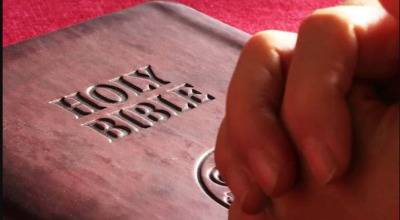Everybody wants to change the world
Published 8:40 pm Wednesday, January 2, 2019
Third options. There’s a concept for you.
Beginning this week, New York City allows a third gender option on birth certificates issued in the city. Instead of being restricted to choosing the traditional, boring, restrictive designations of “male” or “female,” parents can now assign the gender of “X” to their child.
It doesn’t matter what chromosomes with which they are born, the reasoning goes, give the child an “X” and you are “giving people the freedom of self-determination and self-expression,” according to New York City Mayor Bill de Blasio.
The first locale in the United States to allow “X” as an option on official paperwork was our capital city, Washington, DC, allowing the option on identification cards and driver licenses in June 2017. The state of Oregon followed suit just days later. Some who chose the option in DC said they did so because they were “agender” — literally, “no gender.”
Washington State applied the rule to its birth certificates in January 2018. Maine offered the option beginning June 2018 on ID cards and licenses. In September 2018, California began allowing the option on all three — birth certificates, identification cards and driver licenses.
Let’s think about this from a logical standpoint. Does it benefit or harm anyone to have this option on birth certificates or identification cards?
If an adult has his or her birth certificate altered to identify them as having been born with no gender, the simple conclusion is that if affects only that person. That is, if you don’t consider any family members or future generations that may require that information for genealogical or other purposes. Note that I said “his or her” … the person had a gender and chose to say they wanted a different one, or none altogether.
If a parent chooses the option for their just-born child, is it harmful to the child psychologically to be told they are whatever gender they choose to be, or that they simply do not have a gender? What happens when the child notices he or she is not made the same as all children?
Say there are X, non-binary, non-gender-assigned fraternal twins, one born male, one born female, but both are legally assigned “X” as their gender by their parents. As toddlers or young children, they are bathed together and wonder why Baby 1 is different than Baby 2. How do you explain that? Did they “choose” that, or were they born that way?
The option of “X” in order to make someone feel better — to appeal to their emotions — is part of a bigger picture. People don’t want to be offended. None of us do, really. If we “enjoy” the offense, it’s not really an offense, is it?
I want to be perpetually happy — never sad, disappointed, depressed, angry. I want to be independently wealthy, in superb physical shape, eradicate illness and pain, and live in a world that never again sees war. But that’s not reality. I can work toward these things, but I can’t just snap my fingers or wake up tomorrow and “poof” — new reality.
Let’s go back and ask the question about the third option that is really the issue: Why?
What is the root desire? What is the ultimate goal? To be ultimately all-inclusive? To keep anyone anywhere from being offended? So that no one is ever unhappy? These things are logically impossible.
It appears to me that the answer to the question is that we as people wish things were not as they are, and we want a different reality. So we think that labeling reality as non-reality and vice versa will solve the problem.
It’s like wanting a cat and trying to get your cow to mew instead of moo.
Count Lev Nikolaevich “Leo” Tolstoy put it like this: “Everyone thinks of changing the world, but no one thinks of changing himself.”
Brett Campbell can be reached at brett.campbell@dailyleader.com.





